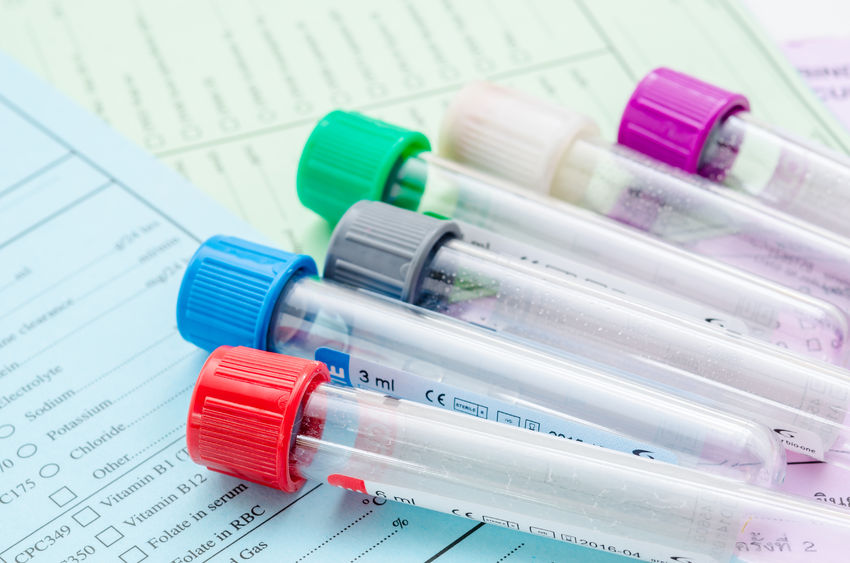
Allergy Dermatophagoides Pteronyssinus Fluorescence Assay
Also known as Allergy Dermatophagoides Pteronyssinus Fluorescence Assay BloodWhat is this test?
Native Der p 2 (Siemens allergen A316) is a 15kD protein purified from Dermatophagoides pteronyssinus and is commonly associated with sensitization to house dust mites. The most important House dust mites are Dermatophagoides pteronyssinus and (in drier areas) D. farinae. In subtropical and tropical regions the Storage mite Blomia tropicalis is also a major source of allergens, co-existing with D. pteronyssinus. Recent evidence shows that even these very general boundaries are blurring, and in many instances all 3 mite species may be highly relevant, causing widespread sensitisation. Dust mite allergies occur when allergic individuals inhale mite allergens found in house dust. Mite fecal particles and decomposed body parts represent the major source of house dust mite allergens. Dermatophagoides pteronyssinus is one of several dust mite species. Mites are eight-legged, sightless arthropods that live on skin scales and other debris. They are too small to be seen with the naked eye. In some areas (Brazil, Florida, New Zealand, Japan, and England) dust mite allergens are the primary cause of asthma. In dry climates, mite growth is poor and domestic animals are the dominant source of indoor allergens. Mite infested materials include items such as sofas, blankets, pillows, and carpets.
Test Preparation
No special preparation is needed for Allergy Dermatophagoides Pteronyssinus Fluorescence Assay. Inform your doctor if you are on any medications or have any underlying medical conditions or allergies before undergoing Allergy Dermatophagoides Pteronyssinus Fluorescence Assay. Your doctor depending on your condition will give specific instructions.
Understanding your test results
| Gender | Age groups | Value |
| UNISEX | All age groups | Increased IgE (>100kU/l) is seen if the person is allergic to the specific substance |